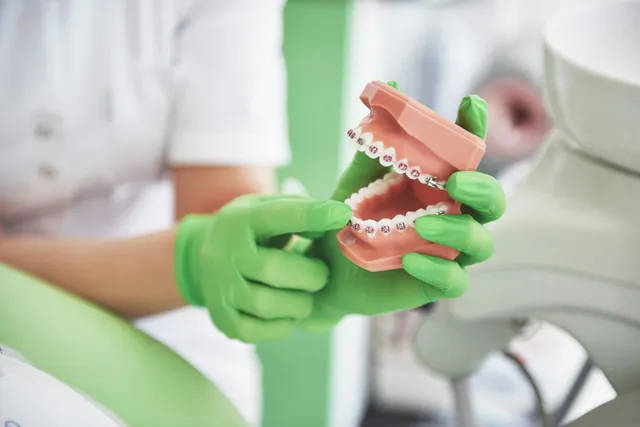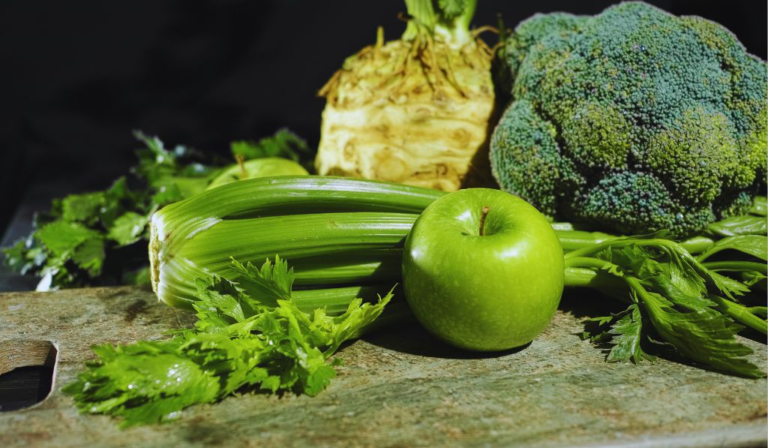Matcha vs Green Tea: 6 Surprising Differences

Matcha Vs Green Tea
Regular green tea as well as matcha have gained popularity in recent days due to their numerous health benefits that have been scientifically proven despite coming from the same plant known as Camellia sinensis. Many people have questions about black tea versus green tea and how it can affect their health and overall well-being. Without further ado, here are the five things you probably did not know about matcha and regular green tea.
Growing and Harvesting Process
There is a major difference between matcha and regular green tea regarding the farming practices and processing of the tea. Matcha is grown under shade for two to four weeks before it is harvested and this causes the chlorophyll levels to rise and produce the green colour of the tea. The leaves are then ground using a stone mill to produce a fine powder. On the other hand, normal green tea can be grown in the sunshine and harvested as whole leaves. These leaves are either consumed as black tea or utilized in the production of tea bags. This growing process is different from that of the common green tea, and as such the matcha is richer in nutrients.
Nutritional Content
This difference in processing influences the nutritive value of both teas in different ways. By drinking matcha, one takes the entire leaf hence it is even richer in nutrients compared to other teas. Again, it boasts highly antioxidants, including epigallocatechin gallate (EGCG), which research has associated with cancer prevention. Research done on this revealed that it has 137 times the concentration of EGCG compared to the normal green tea. On the other hand when you prepare regular green tea most nutrients are left behind in the discarded tea leaves and that makes it less of a healthy food compared to matcha.
Preparation Method
The other important factor is the manner in which these teas are brewed. Meaning that in place of using tea leaves, which are poured with hot water and strainer, it is more of a powder which is whisked in hot water to produce an emerald green, frothy drink. This helps make sure that you consume the totality of the leaf, accompanied by all the benefits of the nutrients in the plant. Green tea, on the other hand, is the whole leaves steeped in hot water and the goodness that it contains leaches into the water after a few minutes. This variation in preparation greatly affects the palatability, consistency, and nutrient content of the final product.
Caffeine Levels and Effects
Caffeine is present in both matcha and normal green tea; however, the impact on the body is different because of the preparation process. In terms of caffeine content, it is generally richer, offering more stable and equal energy increase. This is because matcha also contains L-theanine, an amino acid that helps regulate the body and helps reduce the anxiety associated with caffeine. While green tea, that one consumed daily contains comparatively less caffeine and gives a comparatively subdued energy lift. Green tea contains quite a bit of caffeine, but if you are not a big fan of this stimulant or if you are sensitive to it, then ordinary green tea might be better for you.
Flavor Profiles
The difference in preparation and growing conditions also influences the flavor of matcha and green tea made from ordinary leaves. Matcha is highly bitter and has an intense green taste, slightly sweet flavor with a positive umami tone, which some people refer to as having the earthy tone of grass. The process of growing a plant in shade increases these flavors. Green tea, on the other hand, is consumed daily and has a mild and subtle taste of fresh grasses or flowers. Some of the varieties may also have a slight bitter taste depending on the duration the leaves are boiled.
Difference of Health Benefits between Match and Green Tea
Matcha Health Benefits
- Higher Antioxidants: The benefits of matcha rise from consuming the whole leaf, which is stated to contain greater levels of antioxidants known as catechins.
- Boosts Metabolism: Another feature that enhances metabolism and fat burning process more predominantly is the presence of EGCG (epigallocatechin gallate) in matcha.
- Calm Energy: Matcha has a stimulating effect since it contains both caffeine and L-theanine, allowing for alertness without getting shaky.
- Detoxification: Matcha has chlorophyll which helps in the removal of toxins from the body.
Green Tea Health Benefits
- Moderate Antioxidants: While it is true that green tea has antioxidants, the amount present in it is comparatively lesser than that in black tea because the leaves are plunged and then removed.
- Supports Weight Loss: Green tea helps in managing weight but not to the level that matcha does because green tea has a lesser concentration of EGCG.
- Mild Stimulation: Green tea has comparatively less amount of caffeine and L-theanine, hence the energy rise is moderate but not coupled with relaxation sensations.
- Hydration: It also has water solubility vitamins and minerals that provide water to the body but is devoid of the cleaning effectiveness of matcha.
Last But Not The Least
For this reason, even though matcha and other green tea are processed from the same plant, they are significantly different. These can range from how the tea plants are cultivated and processed, the quality and nutrient composition of the leaves, the amount of caffeine therein, down to taste and texture, all of which can determine which tea is more suitable for your palate and dietary needs. Both matcha and the traditional green tea have numerous benefits that are worth considering irrespective of whether one enjoys the dark and amino acid rich beverage or the lighter and natural without any added flavors.
It may be interesting, therefore, to use both methods now and then to see which one turns into the brewing method of choice for a healthy and tasty tea session?






